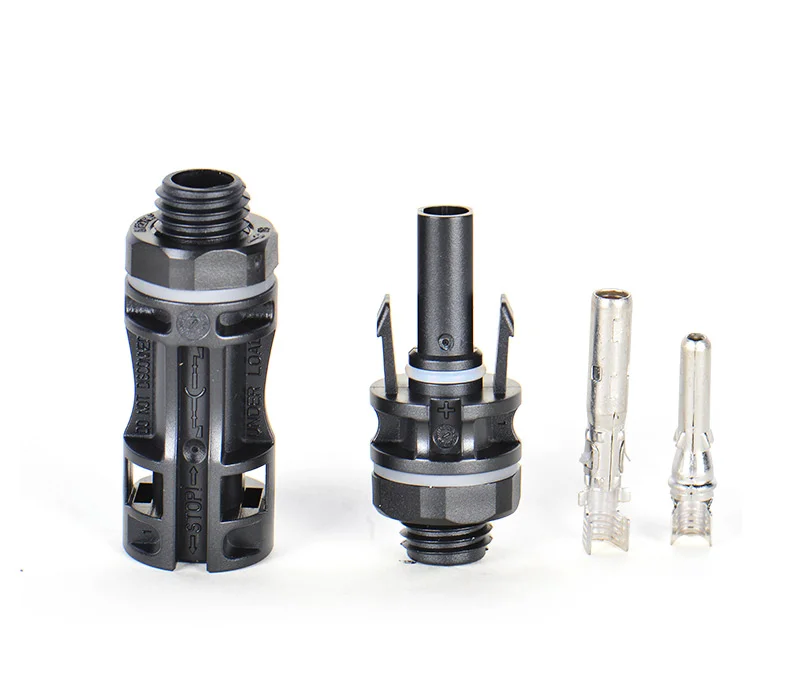
In today's fast-paced world, convenience has become a paramount factor in consumer decision-making. With an abundance of options available, consumers are faced with the challenge of selecting the most suitable convenience products that align with their needs and preferences. This article delves into the intricate process of how consumers select convenience products, exploring the various factors that influence their choices and providing valuable insights for both consumers and businesses.
- Understanding Consumer Needs and Preferences:
The first step in the selection process is for consumers to identify their specific needs and preferences. Convenience products are typically chosen to simplify daily routines, save time, or enhance convenience in some way. Consumers may prioritize factors such as ease of use, accessibility, portability, or time-saving features. By understanding their own requirements, consumers can narrow down their options and focus on products that best meet their needs. - Research and Information Gathering:
Once consumers have a clear understanding of their needs, they embark on the research phase. In this digital age, consumers have access to a wealth of information at their fingertips. They turn to search engines, online reviews, social media, and product comparison websites to gather information about different convenience products. They seek out detailed specifications, user reviews, and expert opinions to make informed decisions. Businesses can leverage this by providing accurate and up-to-date product information, ensuring their online presence is optimized for search engines. - Brand Reputation and Trust:
Brand reputation plays a significant role in the decision-making process. Consumers often rely on trusted brands when selecting convenience products. Established brands with a history of delivering reliable and high-quality products tend to instill confidence and trust. Positive online reviews, recommendations from friends or family, and a strong brand presence can influence consumer choices. Businesses should focus on building a positive brand image, maintaining product quality, and actively engaging with customers to foster trust and loyalty. - Convenience Factors:
Convenience products are chosen primarily for their convenience-enhancing features. Factors such as packaging, ease of use, portability, and accessibility are crucial considerations for consumers. Products that offer time-saving benefits, require minimal effort, or provide added convenience in specific situations are more likely to be selected. Businesses should prioritize product design, packaging, and functionality to cater to these convenience factors and differentiate themselves from competitors. - Price and Value Proposition:
While convenience is a key factor, consumers also consider the price and overall value proposition of a product. They evaluate the cost in relation to the benefits and convenience offered. Consumers may be willing to pay a premium for products that provide exceptional convenience or unique features. However, businesses should ensure that the price aligns with the perceived value and remains competitive in the market. - Social and Environmental Factors:
In recent years, consumers have become increasingly conscious of social and environmental factors when making purchasing decisions. They consider the sustainability, ethical practices, and social responsibility of the brands they support. Convenience products that align with these values, such as eco-friendly packaging or products with minimal environmental impact, may have an advantage in the selection process. Businesses should emphasize their commitment to sustainability and social responsibility to appeal to these conscious consumers.
Conclusion:
The process of selecting convenience products is a multifaceted one, influenced by various factors ranging from individual needs and preferences to brand reputation, convenience features, price, and social/environmental considerations. By understanding this decision-making process, businesses can tailor their marketing strategies, product offerings, and brand positioning to meet consumer expectations. Likewise, consumers can make more informed choices by considering these factors and conducting thorough research. In a world where convenience is highly valued, understanding how consumers select convenience products is essential for both businesses and consumers alike.


